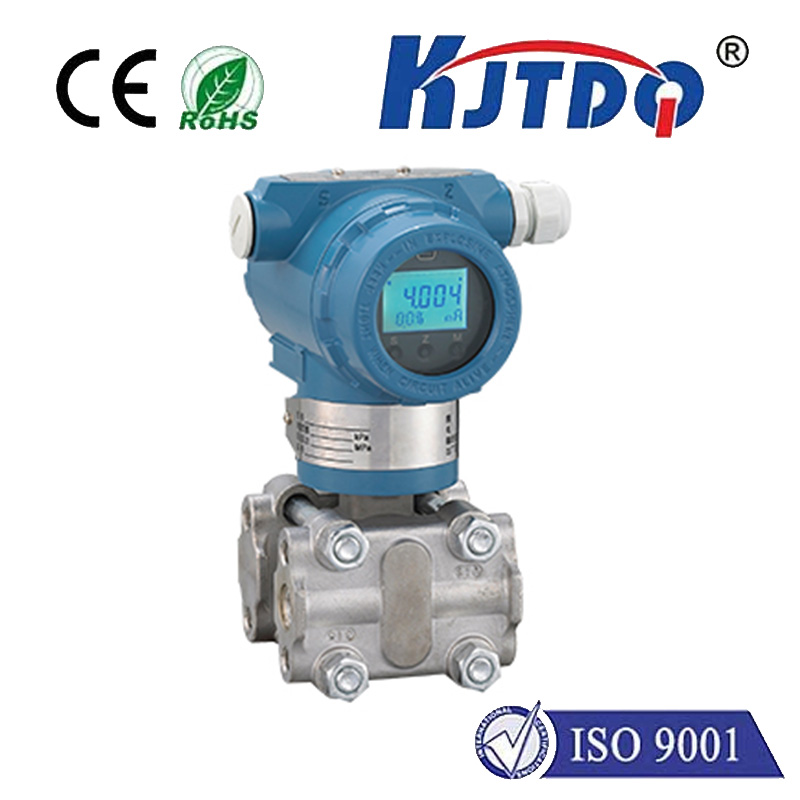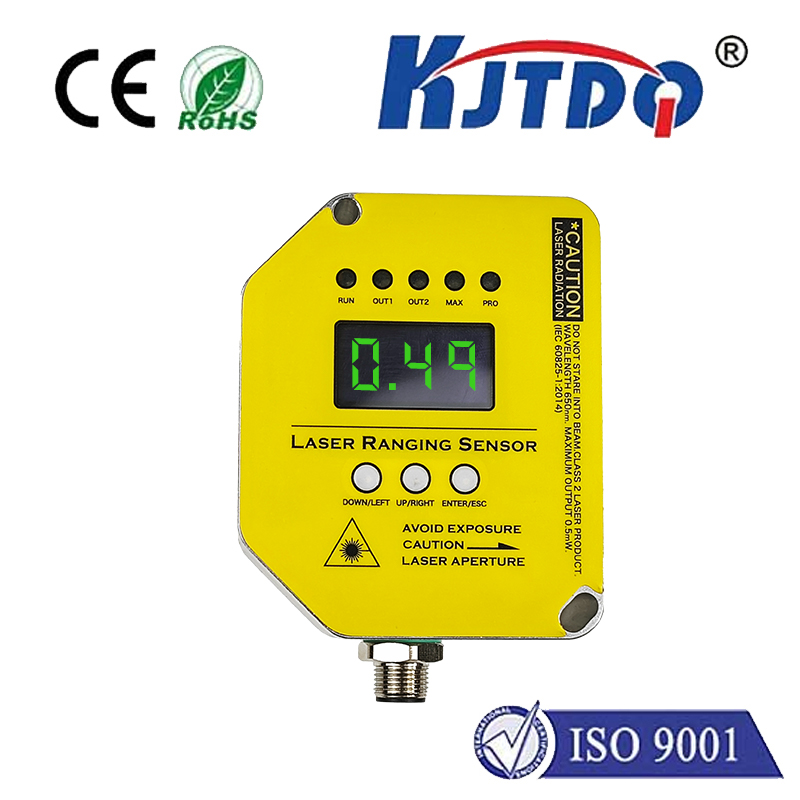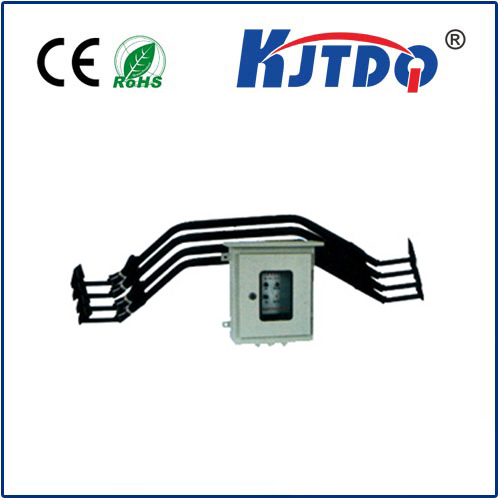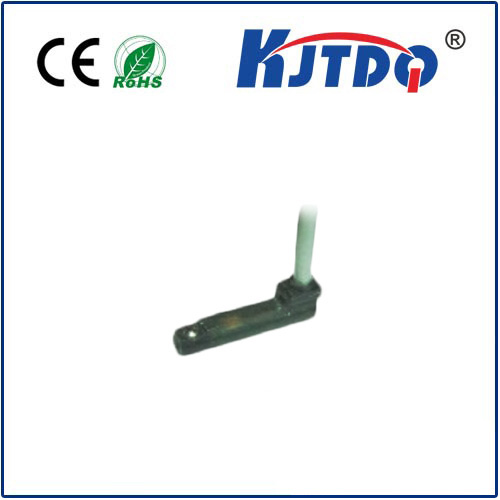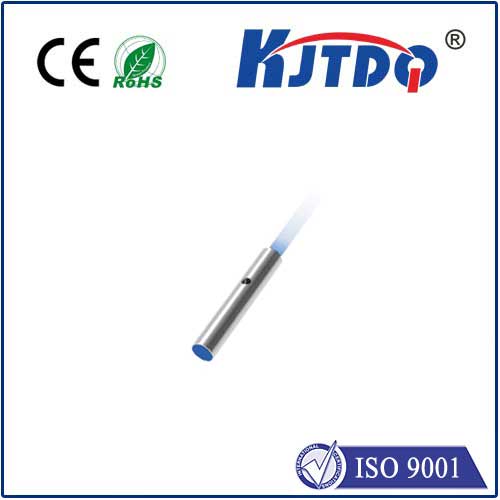

check

check

check

check

check

check

check

check

check

check
SAS, or Serial Attached SCSI, is a high-performance interface for connecting storage devices like hard drives and solid-state drives to host adapters. The term “SAS-4E” refers to a specific variant that incorporates enhancements for higher performance and efficiency in data centers. This article will explore the evolution, technological advancements, and practical applications of SAS-4E, shedding light on its significance in modern storage architectures.
The journey of SAS technology began with the need for higher speed and reliability compared to traditional parallel SCSI connections. Introduced in 2004, SAS was designed to address the increasing demands for data transfer rates and storage capacity. Over the years, SAS technology has evolved through several iterations, including SAS-1, SAS-2, SAS-3, and now SAS-4. Each generation brought significant improvements in terms of speed, power consumption, and compatibility with other storage protocols such as SATA. SAS-4E represents the latest advancement in this series, featuring even higher bandwidth and enhanced error correction capabilities. The ‘E’ in SAS-4E stands for ‘Enhanced’, highlighting these improvements over previous versions.

One of the standout features of SAS-4E is its ability to leverage PCIe Gen 4 technology. This allows for significantly faster data transfer rates, supporting speeds up to 28 Gbps (gigabits per second). Such high-speed connectivity is crucial for modern data centers that require rapid access to large volumes of data, particularly when using non-volatile memory express (NVMe) solid-state drives. Another key enhancement in SAS-4E is dynamic channel multiplexing (DCM), which enables more efficient utilization of available channels. This feature helps in managing different types of traffic, whether it be high-priority low-latency NVMe traffic or lower-priority SATA traffic, ensuring optimal performance across various workloads.
The adoption of SAS-4E in today’s data centers brings several practical benefits. Firstly, the increased bandwidth directly translates to faster data retrieval times, which is essential for applications like big data analytics, real-time transaction processing, and cloud services. Moreover, the enhanced error correction capabilities improve data integrity, reducing the likelihood of data corruption and the associated costs of data recovery. Secondly, SAS-4E’s compatibility with both SAS and SATA drives allows organizations to integrate older storage systems into newer infrastructure seamlessly. This backward compatibility ensures a smoother transition during system upgrades and helps in extending the lifecycle of existing hardware investments. Lastly, the power efficiency of SAS-4E plays a crucial role in reducing the overall energy consumption of data centers. As energy costs continue to rise, the ability to run storage systems efficiently without compromising performance is an invaluable advantage.
Looking ahead, the future prospects of SAS-4E appear promising. As data center requirements continue to evolve, driven by advances in artificial intelligence, the internet of things (IoT), and high-definition media storage, there will be a sustained demand for high-performance, reliable storage solutions like SAS-4E. Industry experts predict further enhancements in this technology, potentially leading to even higher transfer rates and lower latency. Additionally, the integration of AI and machine learning algorithms could optimize storage management and predictive maintenance, adding another layer of sophistication to how data is handled in these environments.
In conclusion, SAS-4E stands at the forefront of storage technology, offering unparalleled performance and reliability. Its evolution from early SAS standards to the present day reflects a continuous strive for improvement in meeting the ever-growing data needs of businesses worldwide. As we look to the future, SAS-4E and its subsequent innovations promise to shape the backbone of data centers around the globe, ensuring efficient, reliable, and scalable data management.



